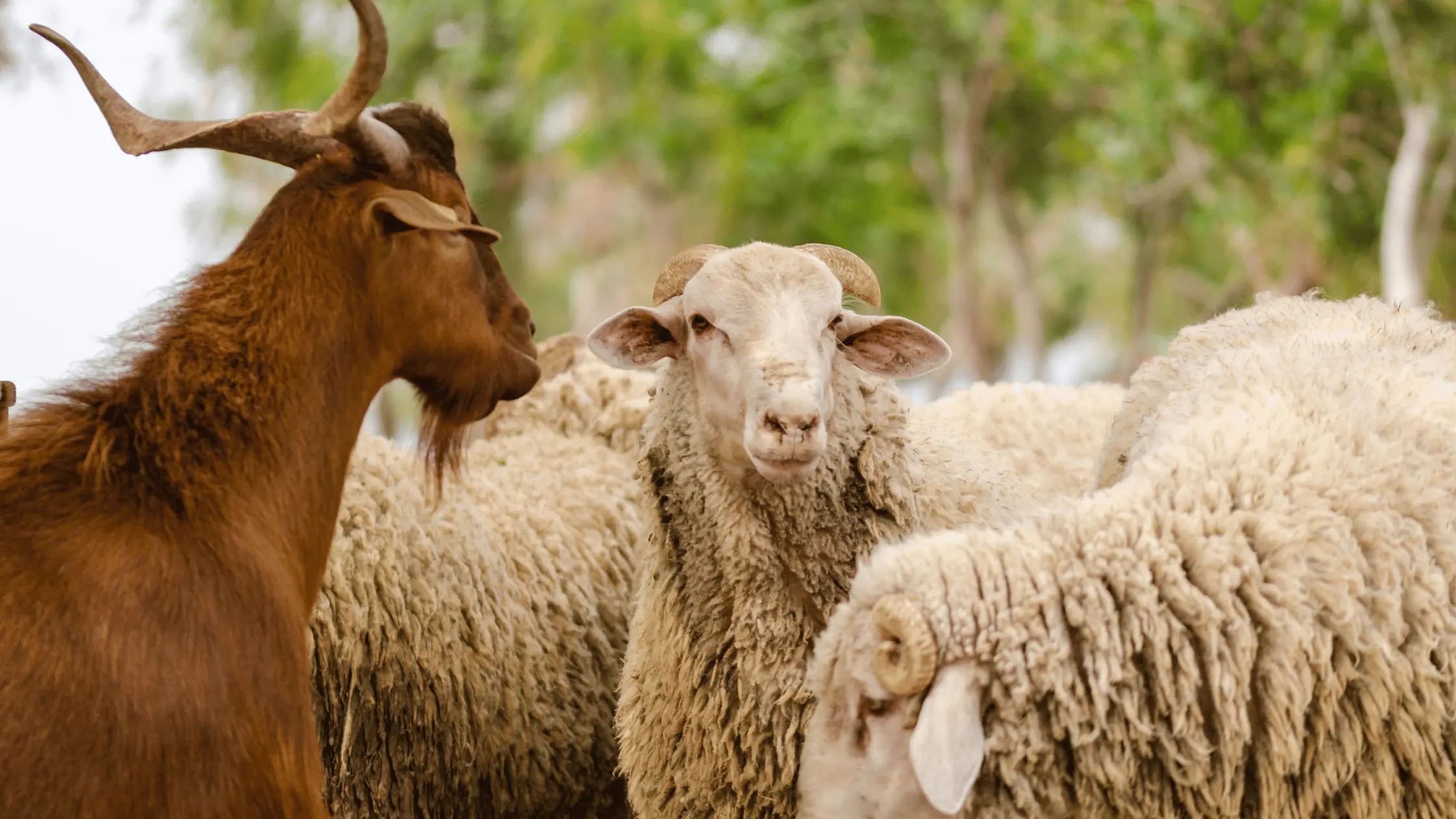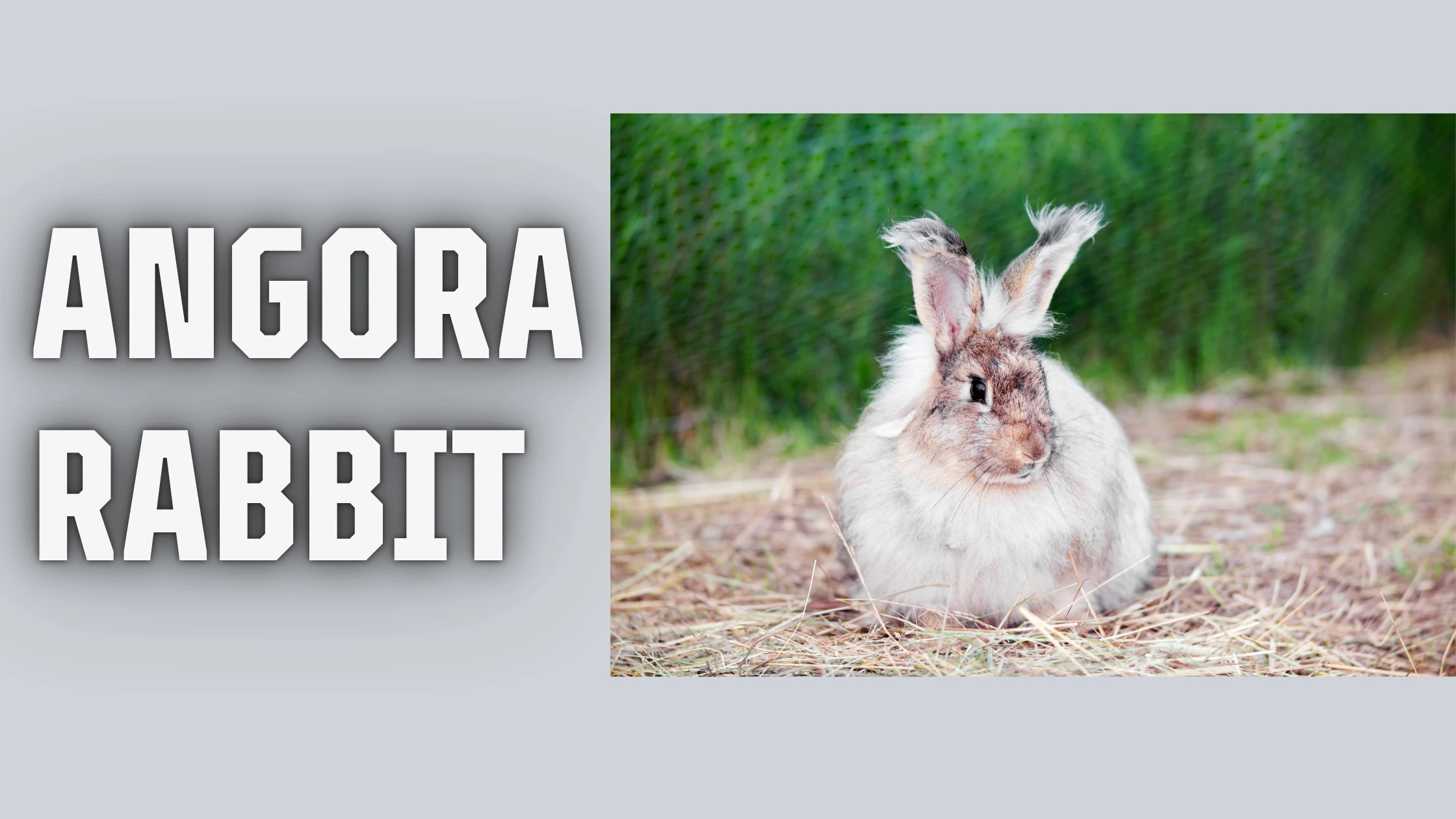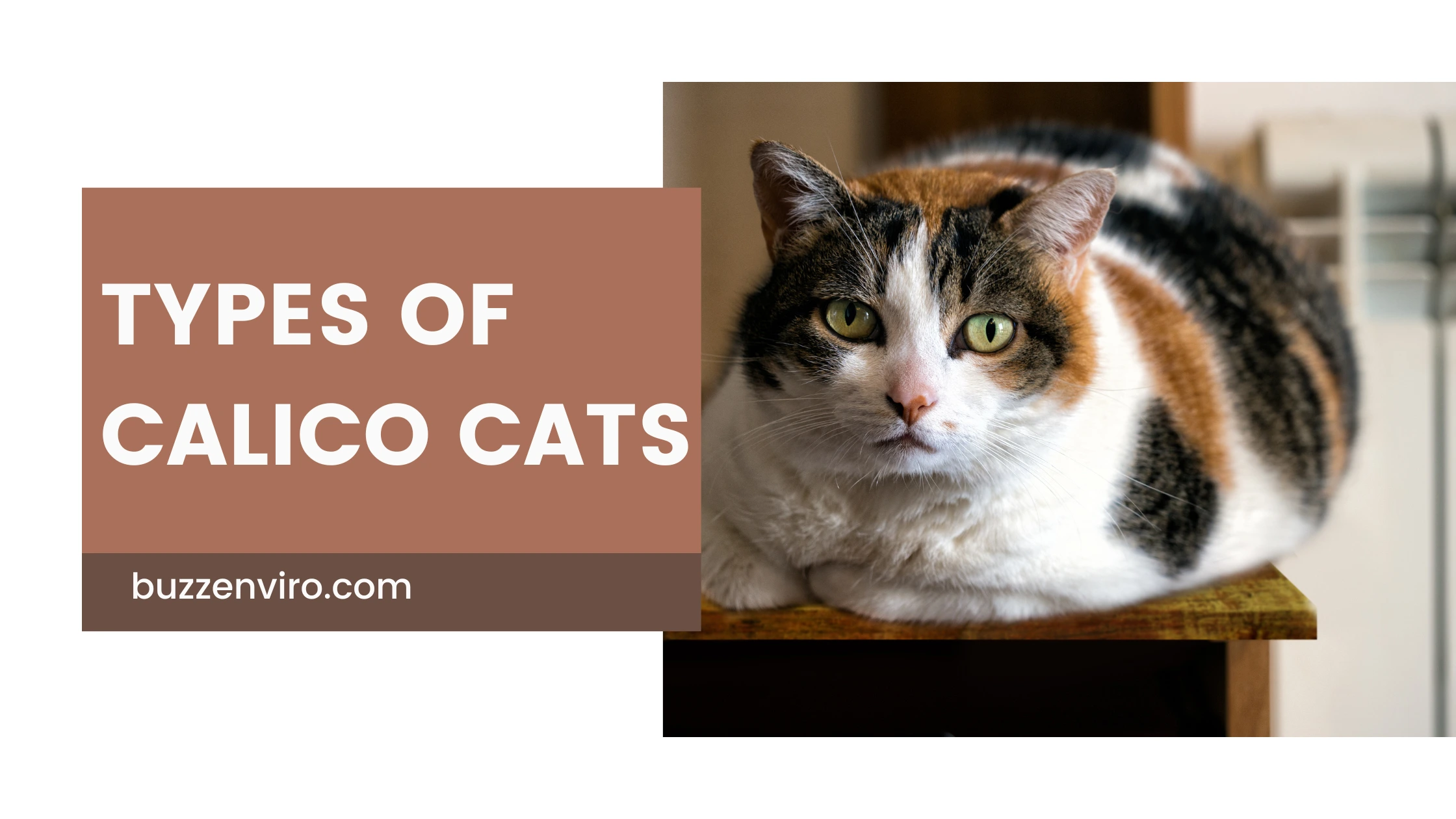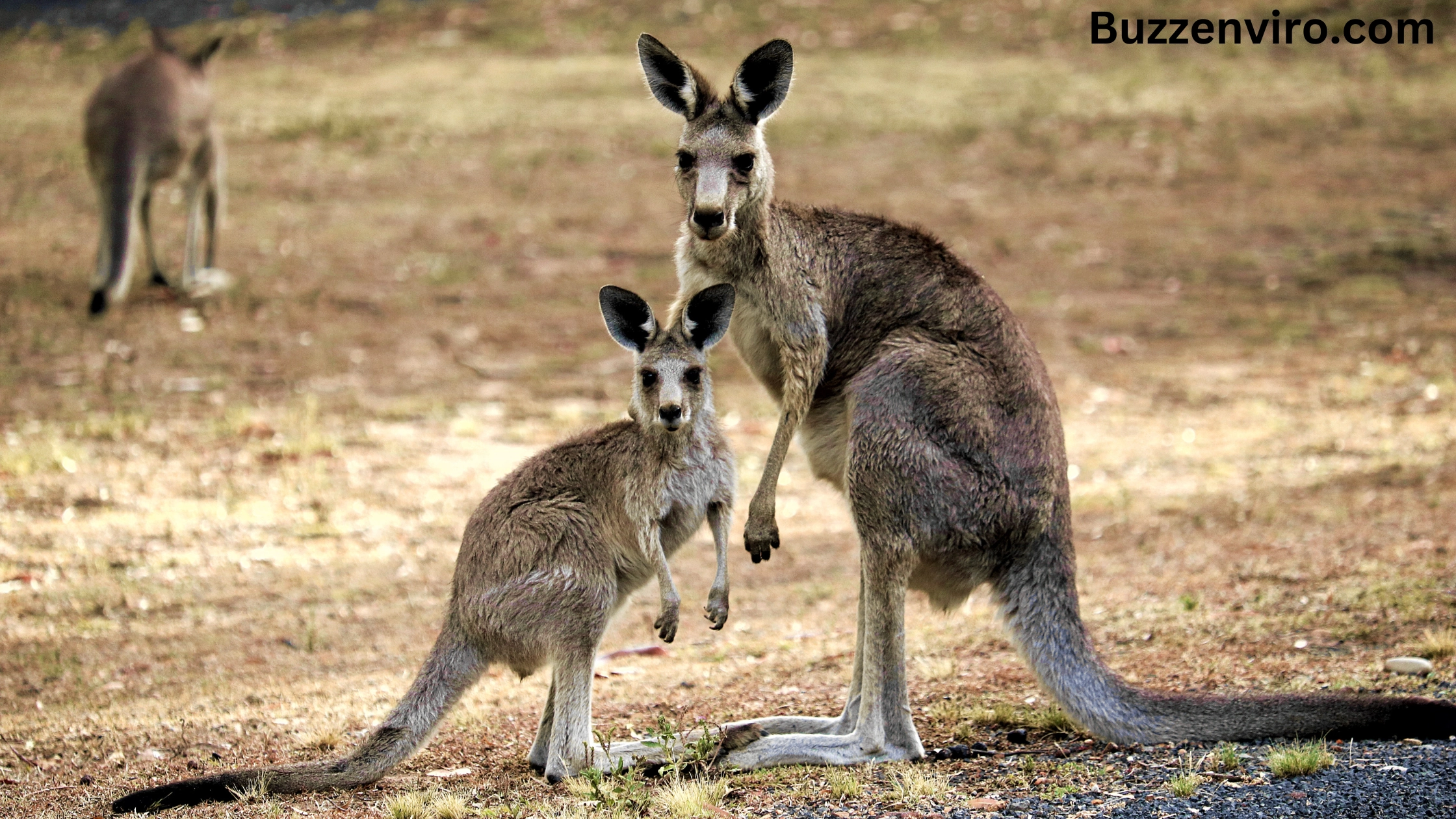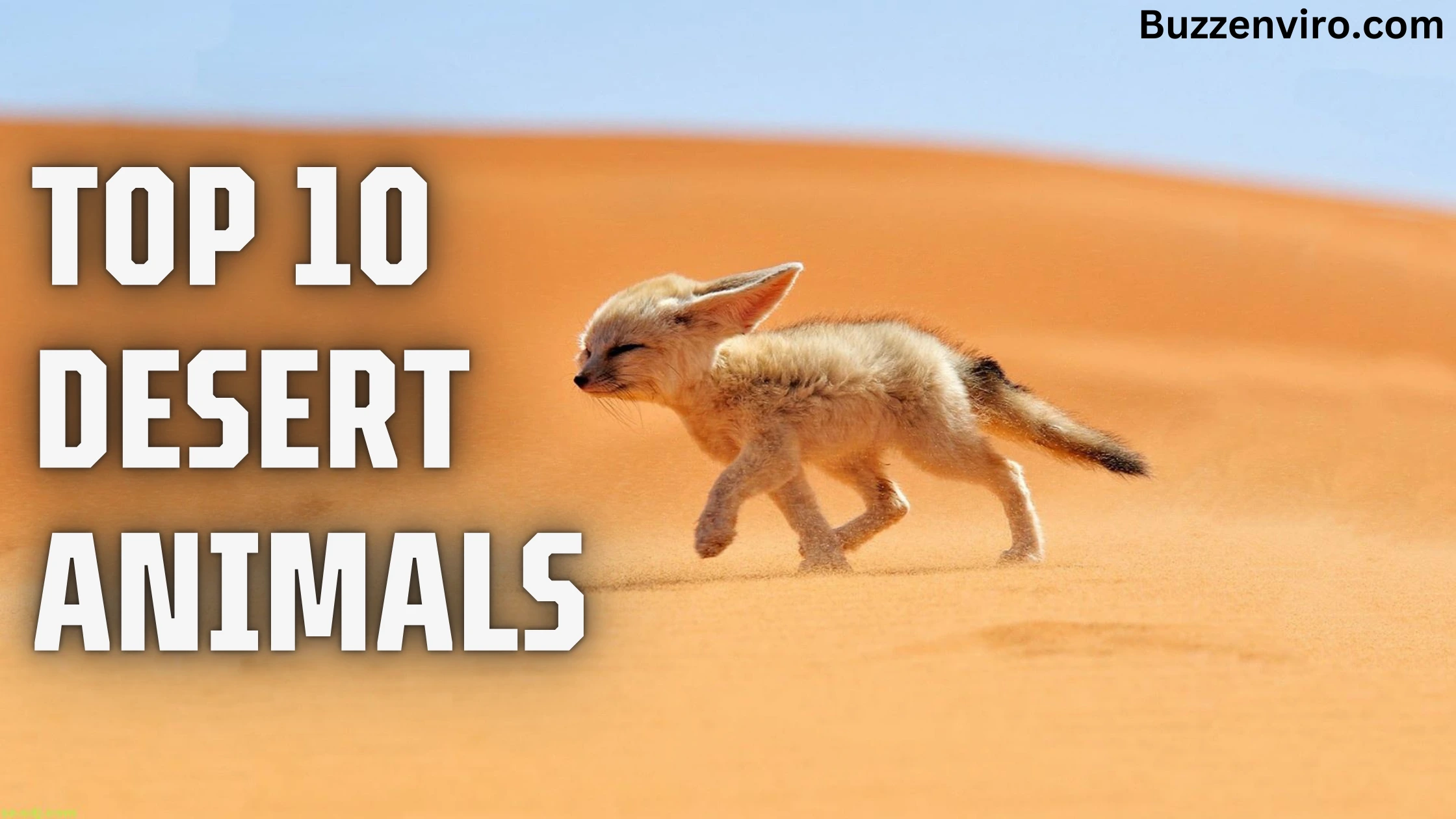Goats and sheep are two of the most common domesticated animals found on farms worldwide. Though they might seem similar at first glance, they have distinct differences in their physical characteristics, behavior, diet, and uses. Whether you are a farmer, animal enthusiast, or just curious about these animals, understanding the difference between goat and sheep can enhance your knowledge and help in making informed decisions about their care and management.
Physical Characteristics
1. Body Structure:
Goats have a more angular and upright posture compared to sheep. Their bodies are leaner, and their legs are proportionally longer. This build gives goats a more alert and agile appearance. Goats often display a more varied coat color and pattern, including solid colors, spots, and stripes.
Sheep have a stockier, more rounded body compared to goats. Their legs are shorter and sturdier, which gives them a more horizontal stance. Sheep are often covered in a thick layer of wool, which can vary in texture from breed to breed, but is generally dense and curly.
2. Horns:

Most goats have horns that can vary in shape—from straight and upward to curved or spiral. The presence and shape of horns can be breed-specific, and some breeds are naturally hornless, known as polled goats. The horns of goats can also serve as a social indicator within their herds.

Sheep horns can be curved or spiral, but many sheep breeds do not have horns at all. Polled breeds (hornless) are quite common. When present, sheep’s horns typically curl around their heads rather than standing upright.
3. Beard, Wool and Tail:
Male goats, or bucks, typically have a beard, which is absent in female goats. Their tails are short and either upright or curled over their backs. This tail position can often be a distinguishing feature.
One of the most distinguishing features of sheep is their wool. This wool is sheared annually and is used in the textile industry. Sheep tails are generally longer and hang down. In many farming practices, sheep tails are docked to prevent health issues.
Behavior and Temperament
1. Curiosity and Independence
Goats are renowned for their curiosity and independence. They are natural explorers and climbers, often seen standing on rocks or logs. This adventurous spirit can sometimes lead them to challenge fences and find their way into trouble.
Sheep are known for their docile and gentle nature. They exhibit a strong herding instinct, preferring to stay close to one another and move as a group. This behavior helps protect them from predators and allows them to navigate their environment more effectively.
2. Social Structure
In goat herds, social interactions can be competitive and hierarchical. Goats establish a pecking order, and dominant individuals may assert their position through head-butting or other displays of strength. Despite their competitive nature, goats can form strong bonds with their herd mates.
Sheep have a clear social hierarchy within their flocks. Dominance is established through subtle behaviors rather than aggressive confrontations. Sheep are more likely to follow the lead of dominant individuals and tend to be more easily startled by sudden movements.
3. Training and Handling
Goats can be trained to perform tricks or navigate obstacle courses due to their intelligent and curious nature. They are generally more responsive to human interaction than sheep and can be handled with relative ease if properly socialized.
Sheep are less trainable than goats due to their more passive and less curious nature. However, they can be managed effectively through gentle handling and positive reinforcement. They may require more patience and care in training and handling.
Dietary Needs
1. Browsing Behaviour
Goats are browsers rather than grazers. This means they prefer to eat leaves, twigs, shrubs, and trees. They are adept at foraging and will often seek out a diverse range of plants. Goats have a unique ability to consume plants that other animals might avoid, including some types of brush and weeds.
Sheep are grazers, which means they primarily feed on grass and other low-growing vegetation. They are well-suited to pasture-based systems and prefer to graze in open areas.
2. Dietary Preferences
Goats are known for their selective eating habits. They may sample various plants and are particularly fond of browsing higher vegetation. Their diet can include a mix of grasses, forbs, and woody plants.
Sheep are less selective than goats and tend to consume a more uniform diet based on the available pasture. They require access to good-quality hay and forage to maintain their health and wool production.
3. Feeding Practices
To meet their dietary needs, goats benefit from access to a varied diet that includes high-quality forage, grains, and supplements as needed. Their diet should be managed carefully to prevent nutritional imbalances and health issues.
Sheep diets should be balanced with high-quality forage, hay, and, if necessary, supplements to meet their nutritional requirements. Their grazing habits can be managed through rotational grazing practices to maintain pasture health.
Reproduction and Lifespan
1. Gestation Period

Goats have a gestation period of approximately 150 days (5 months). They typically give birth to twins or triplets, although single and quadruplet births can occur.

Sheep also have a gestation period of about 150 days. They commonly give birth to twins, although singles and triplets are not uncommon.
2. Lifespan
The average lifespan of goats ranges from 12 to 15 years, depending on their breed and care. Proper management and healthcare can contribute to a longer, healthier life.
Sheep generally live around 10 to 12 years. Their lifespan can be influenced by factors such as breed, health management, and environmental conditions.
Uses and Products
1. Milk Production
Goats are raised for their milk, which is often used to produce cheese, yogurt, and other dairy products. Goat milk is known for being easier to digest than cow milk and is a popular choice for those with lactose intolerance.
Sheep milk is used to make a variety of cheeses, including Roquefort, feta, and Manchego. It is richer and creamier than cow milk, making it ideal for cheese production.
2. Meat Production
Goat meat, known as chevon or goat meat, is a staple in many cuisines around the world. It is lean and flavorful, making it a popular choice for various dishes.
Sheep meat, known as lamb (from younger sheep) or mutton (from older sheep), is used in a variety of culinary applications. Lamb is particularly prized for its tender texture and flavor.
3. Fiber Production
Certain goat breeds, such as Angoras and Cashmeres, produce valuable fibers. Angora goats yield mohair, which is used in textiles, while Cashmere goats produce cashmere wool, known for its softness and warmth.
Sheep are primarily raised for their wool, which is sheared annually. Wool is a versatile fiber used in textiles for clothing, blankets, and carpets. Different sheep breeds produce wool with varying characteristics, from fine and soft to coarse and durable.
Conclusion
Recognizing the difference between goats and sheep is crucial for anyone involved in animal husbandry or simply interested in these animals. From their physical characteristics to their behavior, diet, and uses, goats and sheep each offer unique qualities that make them valuable in different ways. Understanding these differences can help in making informed decisions about their care, management, and utilization, ultimately leading to better outcomes for both the animals and their keepers.
By appreciating the distinctions between goats and sheep, you can better cater to their needs and make the most of their contributions, whether it be through wool, milk, meat, or other products.
Also read our blog:- https://buzzenviro.com/amazing-facts-about-pink-dolphin-animal/
